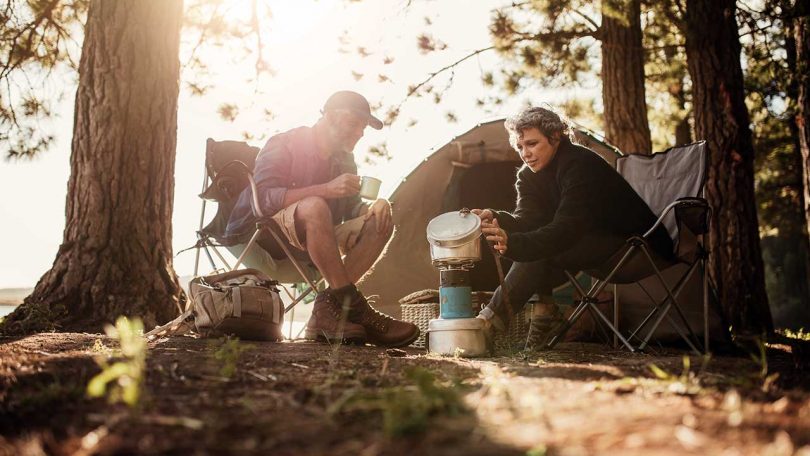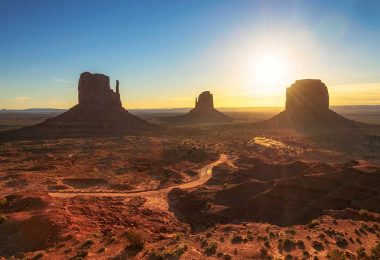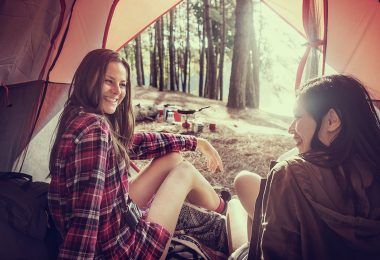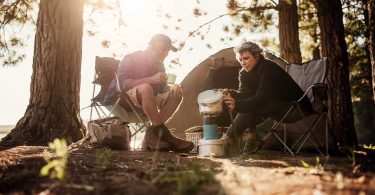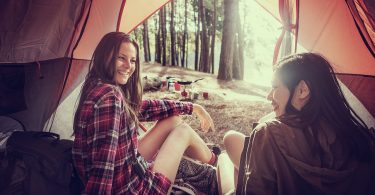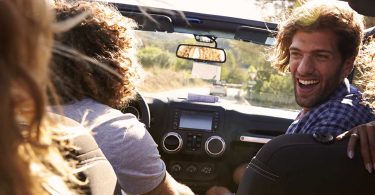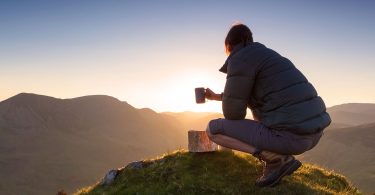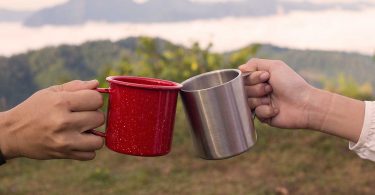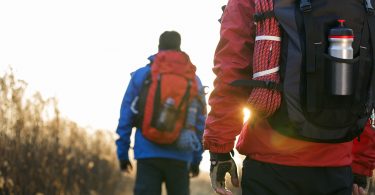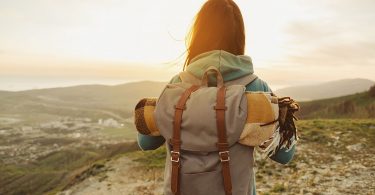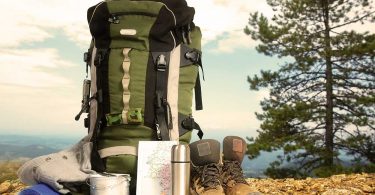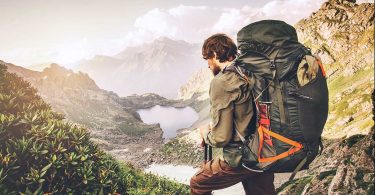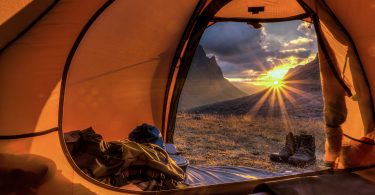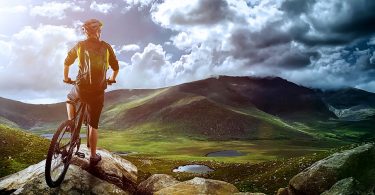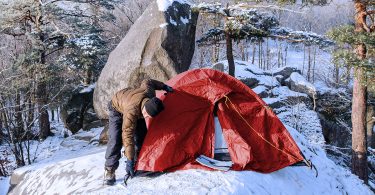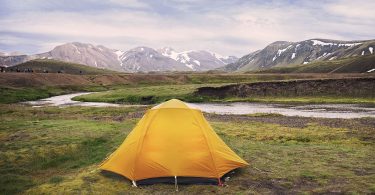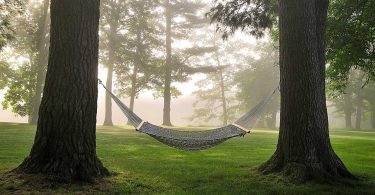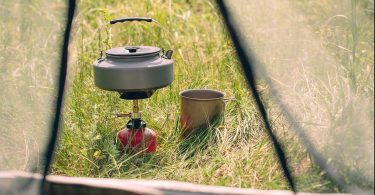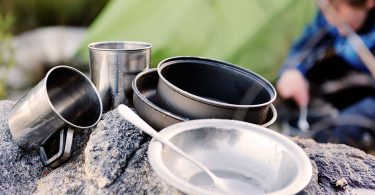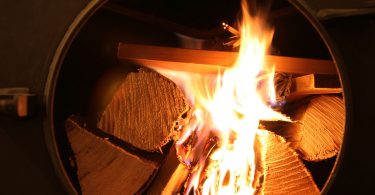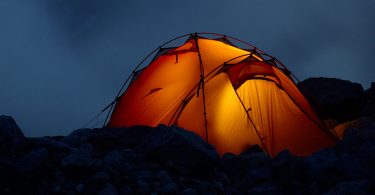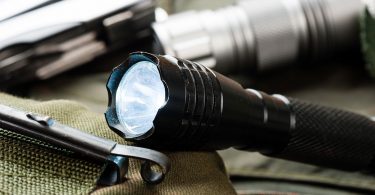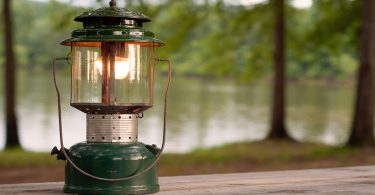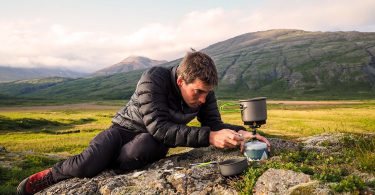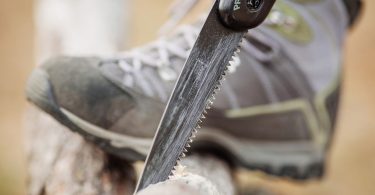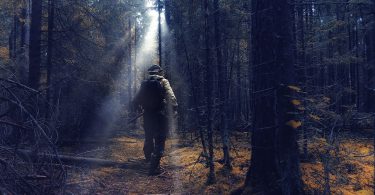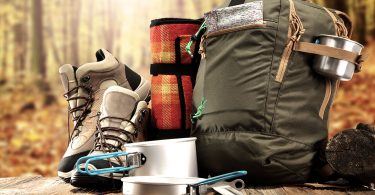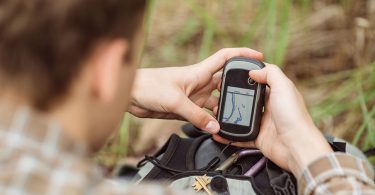Discover the Best Camping Locations in the UK
In this guide, we’ll explore some of the best camping locations, legal aspects of camping, and even essential gear to make your camping experience unforgettable.
- Lake District, England: Nestled in the northwest of England, the Lake District is a haven for nature lovers and outdoor enthusiasts. With its picturesque lakes, rolling hills, and awe-inspiring mountains, it’s no wonder this National Park attracts thousands of campers every year. There are numerous campsites spread across the region, offering different amenities for campers of all types. Whether you prefer wild camping or more organized sites, the Lake District has it all.
- Snowdonia National Park, Wales: Wales boasts some of the most breathtaking landscapes in the UK, and Snowdonia National Park stands out as a camper’s paradise. Home to Mount Snowdon, the highest peak in Wales, this park offers a range of camping experiences, from wild camping in the hills to family-friendly campsites in the valleys. Wake up to stunning vistas, explore cascading waterfalls, and hike the numerous trails that weave through the rugged terrain.
- Cairngorms National Park, Scotland: For those seeking a true wilderness experience, Cairngorms National Park in Scotland is an ideal destination. As the largest National Park in the UK, it provides ample opportunities for wild camping, allowing you to immerse yourself in the untamed beauty of the Scottish Highlands. However, it’s crucial to adhere to the “Leave No Trace” principles and follow the Scottish Outdoor Access Code to protect this fragile ecosystem.
- The New Forest, England: Situated in the southern part of England, the New Forest offers a unique camping experience in a protected natural area. This ancient woodland and heathland is home to ponies, deer, and an abundance of wildlife. Campsites here are well-equipped, and the area’s charm lies in its tranquility and diverse landscape, making it a perfect spot for family camping trips.
- Isle of Skye, Scotland: The rugged beauty of the Isle of Skye has been captivating travelers for generations. The island is dotted with stunning cliffs, iconic rock formations like the Old Man of Storr, and picturesque landscapes that will leave you in awe. While wild camping is legal in Scotland, remember to camp responsibly and obtain landowner permission when necessary. Several established campsites are available for those seeking more amenities.
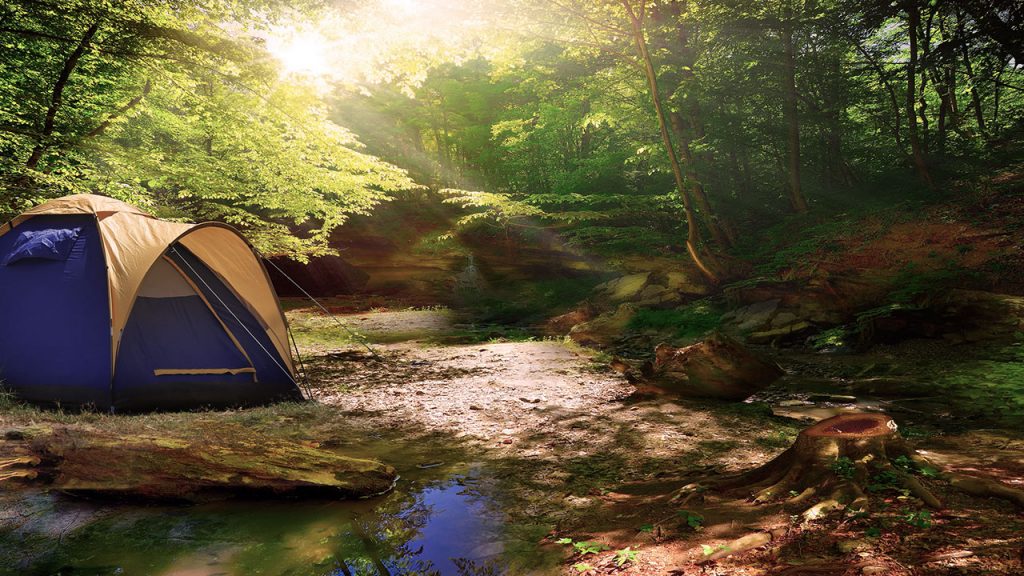
Legal Aspects of Camping in the UK: While camping is allowed across most parts of the UK, there are certain regulations to keep in mind. “Wild camping,” which means setting up camp in the open countryside, is permitted in Scotland and some parts of Dartmoor in England. However, in other areas of England, Wales, and Northern Ireland, you’ll need to seek permission from the landowner or use designated campsites.
Essential Gear for Camping: Before you embark on your camping adventure, make sure you have the right gear to ensure a comfortable and safe experience. A well-fitted backpack, like the ones featured in CampingThings’ guide on “Choosing the right backpack,” is essential for carrying your camping essentials. Additionally, invest in a high-quality tent, such as those mentioned in the “Choosing the right tent” guide, to shield you from the elements.
Having a reliable camping stove, as suggested in the “Best Camping Stoves” guide, is crucial for cooking delicious meals in the great outdoors. Don’t forget to pack a durable headlamp from the “Top 5 Best Head Lights” guide to illuminate your way during evening adventures. Lastly, stay charged and connected with a reliable portable battery power bank from the “Best Portable Battery Power” guide.
In conclusion, the UK offers a wealth of camping experiences for nature enthusiasts, ranging from breathtaking mountain landscapes to serene coastal regions. With a variety of camping destinations to choose from and an array of outdoor gear available, you’re all set to embark on an unforgettable camping journey in the stunning British countryside.
Essential Equipment
Buy a Windproof Tent
A windproof tent is an absolute must-have, even if you’re taking the RV or camper van. Being protected against the elements is no joke, especially when you’re out in the one of America’s big national parks.
Check out our Camping Things guide to buying the best tent.
Take a Large Rucksack
You’ll be taking a suitcase anyway, probably, so cough up that little bit extra and make sure you’ve got enough room for all of your stuff.
We’ve reviewed plenty of backpacks and rucksacks, and you can check out our choices here.
Get a BioLite Burner
We’re big fans of BioLite burners, which use bio fuel like wood, leaves and twigs to produce both heat and electricity via a built-in charging cell.
With a BioLite burner, all you’re taking is a container — albeit one with a totally cool wood-to-electricity charging cell on the side. No need to worry about carrying fuel, just use what’s around you.
Check out Camping Things reviews of the best BioLite burners here.
Invest in a GPS Guidance Device
Another essential one for making a go of it in the great American wilds. Invest in one that’s up to date, and which won’t let you down.
We’re partial to a high-end navigation device, one that’ll always be up to date, and which can stand up to the often rough and tumble nature of wild camping and Trekking America.
Check out our picks of the best GPS and navigation devices on the Camping Things site.
Where To Go: Our Family Friendly Picks
With regards to where you might like to visit, we’ve kept all of our options kid-friendly. That’s not to say that we’ve left out ones that are for adults only, because to be honest, whether you’re going with kids or not, any of these places is going to make for an incredible experience. We just want to help out those parents who are in need of some inspiration for where to go, but who might be feeling limited by what they can do with the kids.
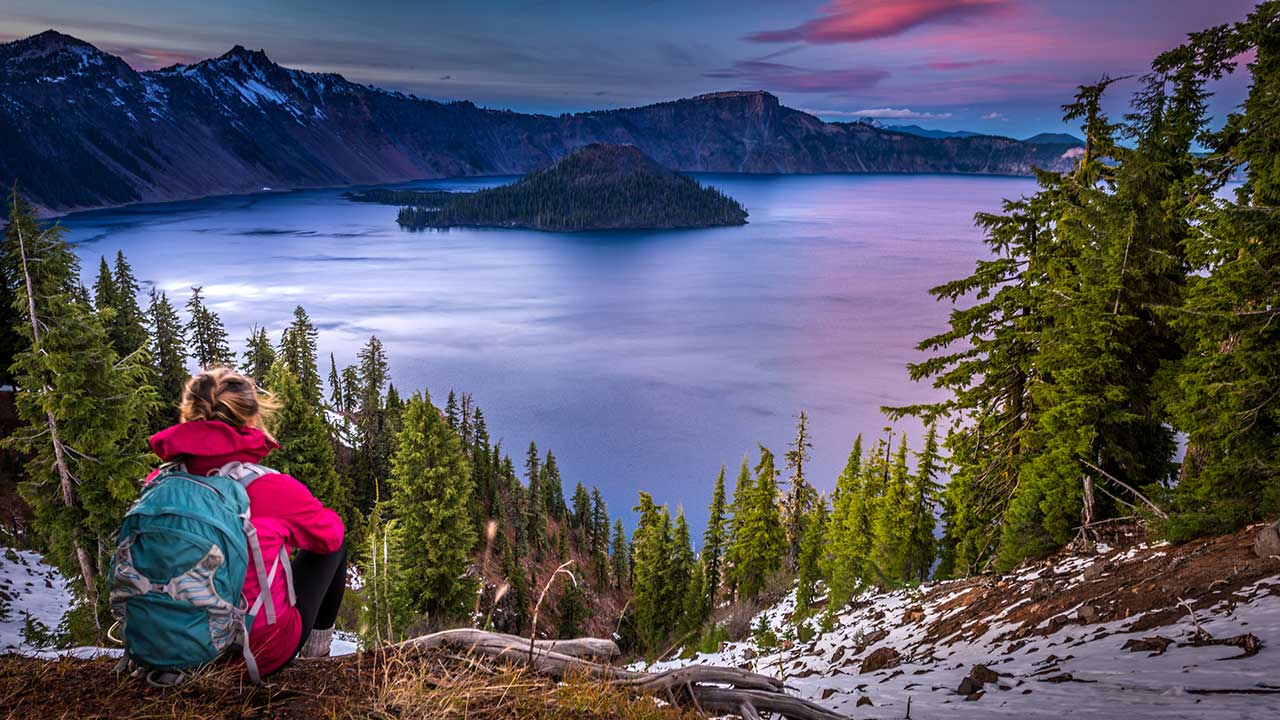
Yellowstone National Park
Like we said at the start, Yellowstone sits on top of a supervolcano, which is way overdue an eruption. Nobody knows when it’ll go off again, but best guesses don’t put it at any time soon. The some 500 geysers dotted all around Yellowstone attest to the still being active under the surface.
Without a doubt, Yellowstone is one of the most awe-inspiring places on Earth, stretching over an area of almost 9,000 square km. It’s home to some of the oldest, rarest and most precious wildlife in the world, including the great American buffalo, eagles, bison, bears and wolves.
You want waterfalls? Yellowstone has them. You want woods? Yellowstone. Lakes, canyons, rivers and mountains? If you’re looking for a place to see the best of what the planet has to offer, then Yellowstone National Park is one hell of a place to start. Most of the major sites within the park are signposted and have some sort of road leading up to them, so you shouldn’t get too lost following them. Belgrade, Montana; Jackson Hole, Wyoming, or Salt Lake City are your best bets for flying in. If in doubt, contact a park ranger, who will be happy to tell you what’s up and where to go.
Yosemite National Park
Home of the world’s biggest standing of giant sequoia trees, Yosemite is wild California at its greatest. A favourite of photographer Ansel Adams, Yosemite is cut with humongous valleys of rock, which tower on either side with sharp, vertical cliff faces, delving into lush forest.
In terms of wildlife, you’ll find bears, wolves, eagles and all sorts of other American icons. One of the major attractions of Yosemite National Park, is the giant sequoia trees, which can grow up to several hundred feet tall, and be centuries old. One of the largest in the area is named Grizzly Giant, and stands over 200ft.
The best time to visit Yosemite is the spring or fall, when the scenery is at its best. Fly into Sacramento, and you’ll have a lovely three-hour drive into the park.
Smoky Mountains National Park
A great one for the kids, taking the camper van up the Little River Road up by the Sugarlands Visitor Center, you might come across coyotes, wild boar and wild turkeys. And, with over 100 species of trees lining the mountains on your drive, this wonderful national park is one of the most beautiful drives imaginable, and a great place to go hiking and camping.
Grand Canyon National Park
What do we really need to tell you about the Grand Canyon? You’ve seen it plenty of times in photos, documentaries and movies, but have you ever considered how freaking large this place really is? 18 miles wide and over 270 miles long, the Grand Canyon was carved by the Colorado River, and runs through the state of Arizona.
Just back up a second and think about that width — 18 miles. You can stand on one side of the canyon, and not be able to see the other side. When you consider that you’re looking into a valley carved by nothing but water, how can you not be blown away? Trekking in the Grand Canyon is a fantastic way to see the place, but if you’re going to be camping, then you’ll need to seek permission from the authorities.
There are plenty of tour operators who can take you to the Grand Canyon, with regular pick-ups most days throughout the year. Flying into Las Vegas will be your best option for getting there.
Monument Valley, Arizona
Perhaps not one for the kids, but the quintessential American West, as you probably think of it. Quintessential, though, is not the right way to describe this towering valley, set into the red sand desert of Arizona. There isn’t much in the way of cover or tourist information points around the valley, and rightly so, this is straight up Trekking America desert heartland, untamed and massive.
You can access the valley by driving up Route 163, and the hiking options are pretty obvious once you arrive amongst the towering rock formations.
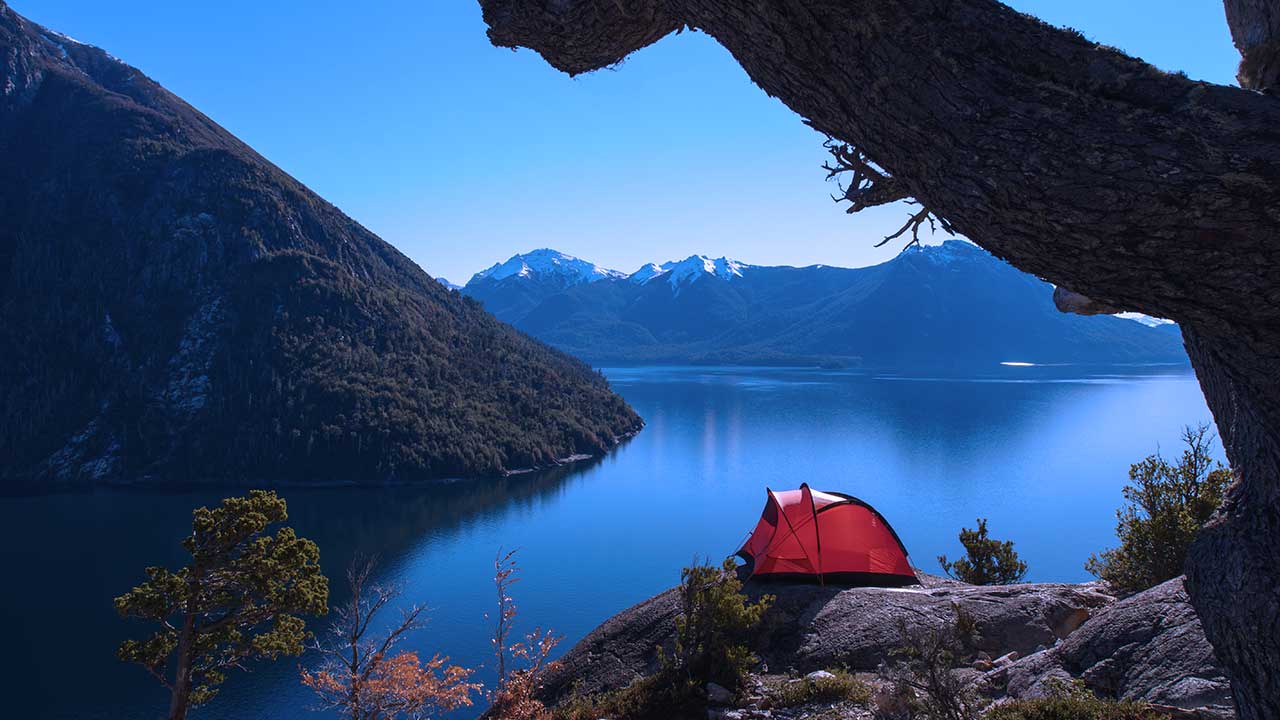
Some General Tips For Trekking and Wild Camping
Some of what you’ve learned while wild camping and trekking closer to home will translate into your trip to the States, but bear in mind that you’re going somewhere much bigger, where help can be much further away, and with that in mind, we’ve got a few pieces of advice to help keep you safe on your travels.
- Never go alone — wild camping and Trekking America in the open is never a good idea. Please take someone with you.
- Always get the contact details of a ranger or local authority.
- Always Check that you have permission to travel through or set up camp on the land you’re on.
- Leave no trace — Don’t burn the ground, don’t litter and try not to disturb anyone or any wildlife.
- Do not interact with the wildlife — If you can help it. Leave them be as much as possible, and never approach wild animals.
- Enjoy yourself.

